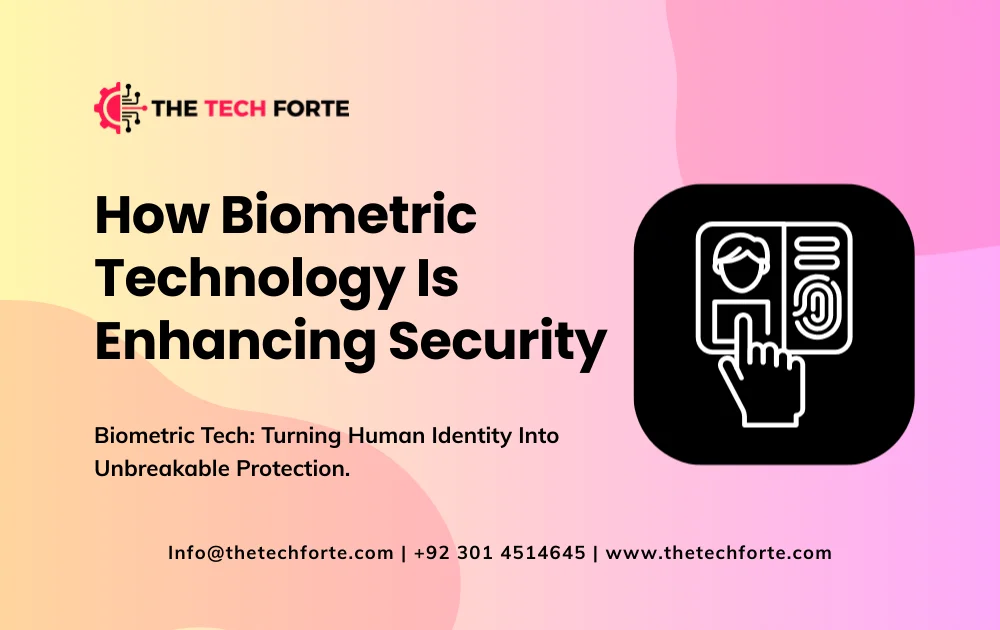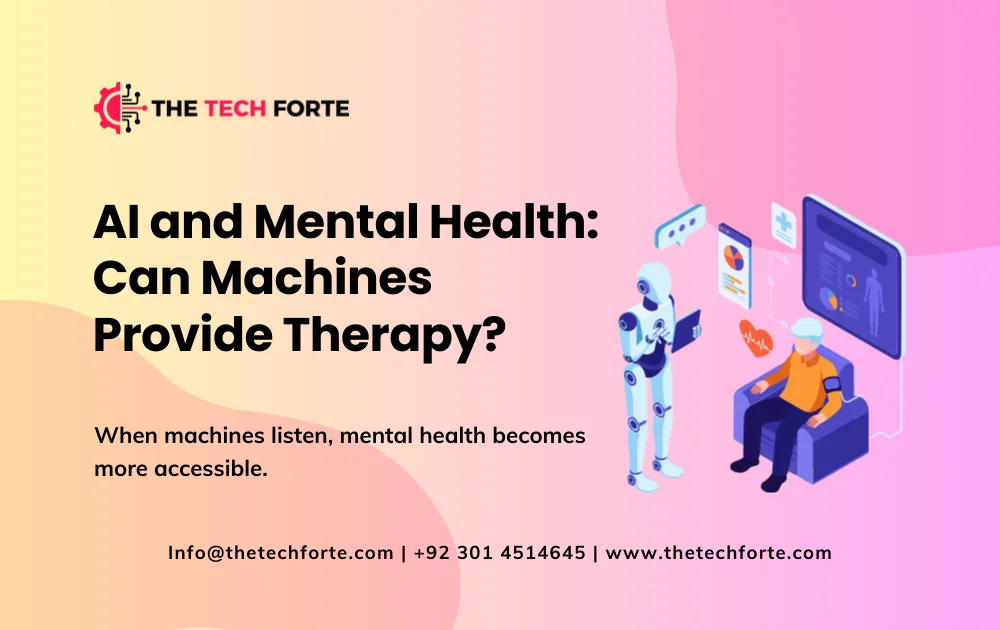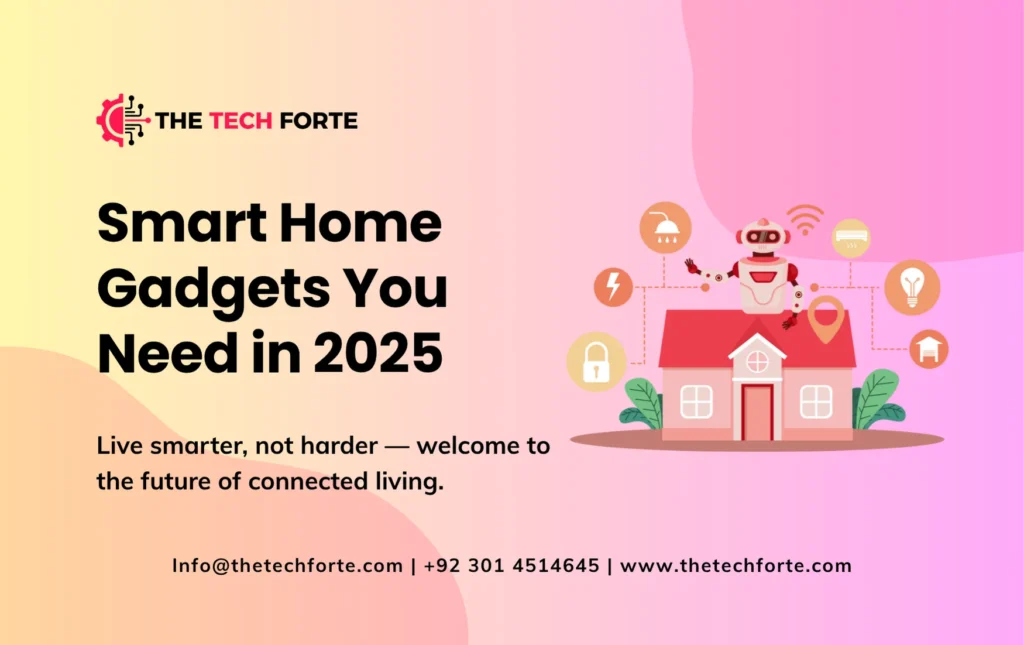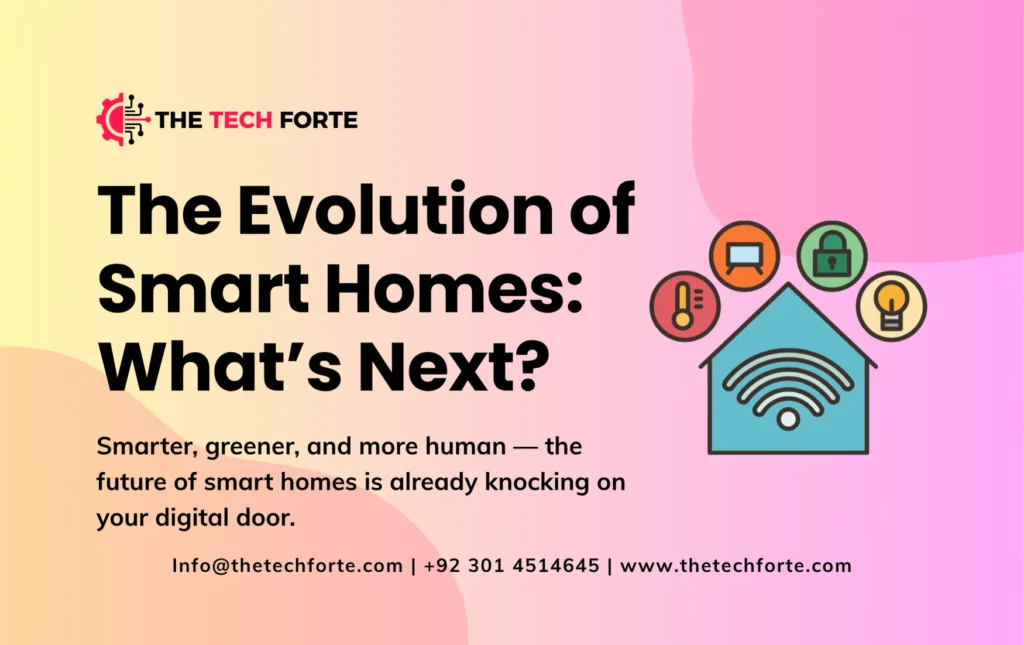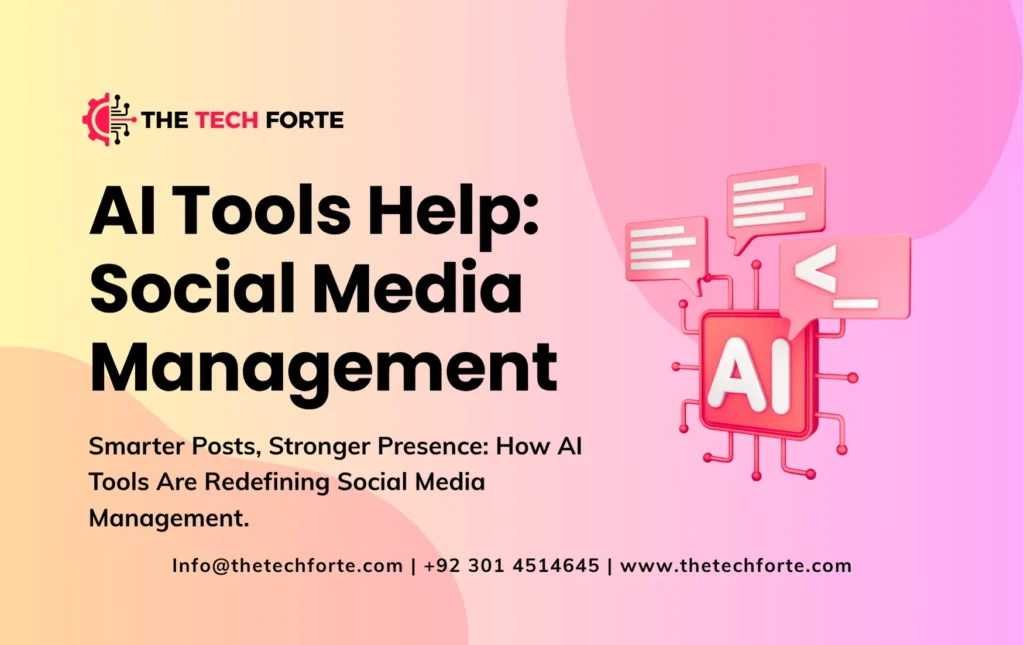How Biometric Technology Is Enhancing Security
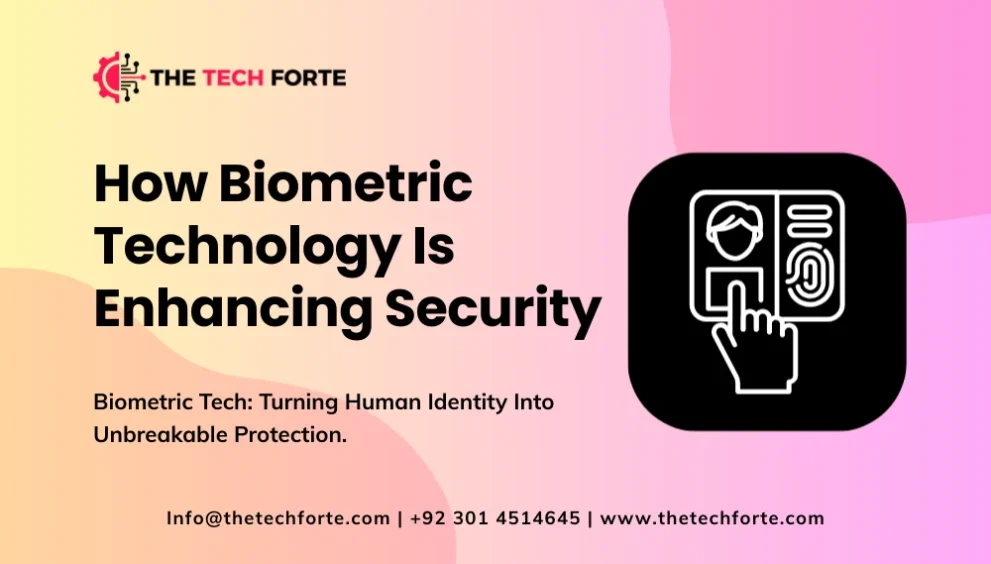
Biometric technology has moved from sci-fi to everyday reality: unlocking phones with fingerprints, boarding planes with facial scans, and logging into bank accounts with voice or face verification. As identity theft, fraud, and sophisticated cyberattacks rise, organizations are adopting biometrics to strengthen authentication and access control. But the story isn’t only about stronger defenses; biometrics changes how we think about identity, convenience, risk, and privacy.
This article explains what biometric technology is, how biometric technology is enhancing security across sectors (especially biometric technology in banking), the advantages of biometric technology, and the difficult trade-offs and ethical issues of biometric technology and privacy issues that society must manage.
Suggested Read: 10 Best Cloud Storage Alternatives in 2025: Secure & Affordable Options
What is biometric technology?
At its simplest, biometric technology uses measurable biological or behavioral traits to identify or verify a person. These can be:
- Physical traits: fingerprints, face geometry, iris/retina patterns, palm veins, hand geometry.
- Behavioral traits: voice patterns, typing or gait patterns, touch dynamics.
- Physiological signals: heartbeat patterns or electro-dermal responses used in niche systems.
A biometric system generally captures a sample (for example, a fingerprint image), extracts distinctive features, and converts them into a mathematical template. That template, not the raw image, is stored and compared to future scans to authenticate or identify a user. The approach moves authentication away from “something you know” (passwords) or “something you have” (tokens) toward “something you are,” which is intrinsically harder to steal or forget. Reviews and technical surveys show the broad utility of these modalities for identification and continuous authentication.
How biometrics strengthens security: core mechanisms
Biometric systems enhance security in several concrete ways:
1. Stronger authentication against credential theft.
Passwords and PINs can be phished, leaked, or shared. A fingerprint or iris pattern cannot be copied from a database in the same trivial way. Academic reviews and industry analyses consistently list resistance to credential theft as a primary security advantage.
2. Continuous and passive authentication.
Behavioral biometrics (gait, typing rhythm, device handling) enable systems to monitor whether the current user remains the legitimate one, and can silently trigger step-up authentication if anomalies appear. This reduces session hijacking and account takeover risk.
3. Non-repudiation and auditability.
Biometric access can create auditable logs tied to a unique biological signature, supporting forensic analysis, access control reporting, and regulatory audit trails. This improves “who did what when” evidence in security investigations.
4. Convenience that improves security posture.
Strong security is only useful if people use it. By lowering user friction (one touch to unlock, one look to sign in), biometrics increases adoption of robust authentication where users might otherwise choose weak passwords. Enterprises report higher adoption and lower help-desk costs when biometrics replace password resets.
Types of biometric systems and where they’re used
Fingerprint scanners (consumer devices, workplace access), face recognition (airports, surveillance, smartphone unlock), iris scanning (high-security areas), voice biometrics (call centers, remote verification), and behavioral biometrics (continuous monitoring for banking and enterprise use) are the most common. Each has tradeoffs in accuracy, environmental sensitivity, spoofing risk, and deployment cost.
- Smartphones: Most consumer devices now include fingerprint and face scanners that are secure enough for payments and device unlock.
- Airports and border control: Automated passport control gates use face and iris matching against passport databases for speed and security.
- Banks and fintech: Financial institutions use fingerprint and face recognition for mobile banking login, and voice or behavioral biometrics for fraud detection.
- Enterprise access control: Offices and data centers increasingly integrate biometrics for badgeless entry and granular access logging.
Biometric technology in banking: adoption, benefits, and challenges
Banks were early adopters of digital identity solutions and are now one of the most significant industrial users of biometric technology. The motivations are clear:
Benefits of biometric technology for banks
- Frictionless customer login: Biometric logins in mobile apps reduce friction and increase conversion for digital services. Customers prefer tapping a fingerprint over remembering complex passwords.
- Fraud reduction: Multi-factor authentication (MFA) incorporating biometrics raises the bar for social engineering and remote account takeover. Behavioral biometrics, passive analysis of device and typing patterns, are particularly effective at spotting fraudulent sessions.
- KYC and onboarding: Remote account opening improves when banks use liveness detection plus facial match to government IDs, saving branch visits and speeding customer acquisition.
- Regulatory compliance: Biometrics help meet identity verification requirements in anti-money-laundering (AML) and Know-Your-Customer (KYC) regimes, provided privacy safeguards and audit trails are maintained.
Real-world bank use cases
- Mobile banking apps: Fingerprint or face unlock replaces passwords for routine access.
- Call center authentication: Voice biometrics authenticate callers without sharing secrets.
- Transaction confirmation: High-value transfers can require biometric re-authentication.
- Fraud detection: Behavioral biometric systems flag anomalies for human review.
Challenges banking must manage
- False positives/negatives and customer experience: Biometric matching is probabilistic; banks must tune thresholds to balance security and convenience. Environmental factors and device quality affect results.
- Privacy, storage, and regulation: Banks face legal requirements to protect biometric data, justify retention policies, and obtain consent. Missteps (e.g., improper collection or sharing) can trigger heavy fines and class action suits. Recent litigation under laws like Illinois’ BIPA underscores how seriously jurisdictions take biometric privacy.
Advantages of biometric technology beyond convenience
While convenience is often the headline, the advantages of biometric technology for security are measurable and strategic:
- Higher assurance levels: Biometrics can provide stronger identity assurance than password-based methods when properly implemented.
- Lower operating costs: reduced password resets and fewer fraudulent chargebacks translate into measurable savings for institutions.
- Inclusivity & accessibility: biometrics can enable people who have difficulty remembering passwords to access services more easily (though this must be balanced with privacy concerns).
- Integration with analytics: rich biometric and behavior signals improve fraud models used by banks and service providers.
- Deterrence: The presence of biometrics can act as a deterrent to opportunistic fraud and unauthorized access attempts.
These advantages explain why governments, banks, healthcare providers, and retailers are investing heavily in biometric deployments.
Ethical issues of biometric technology
The spread of biometric systems triggers profound ethical questions that go beyond technical vulnerability:
1. Consent and informed use
Collecting biometric identifiers that are immutable (you cannot change your fingerprints or irises) requires rigorous informed consent. Many deployments blur lines between surveillance and authentication; individuals may be scanned without meaningful choice. Journalistic investigations and human-rights groups have raised alarms where businesses scan customers or visitors without explicit consent.
2. Function creep and mission drift
Data collected for one purpose (e.g., access control) can be repurposed for others (e.g., behavioral profiling, law enforcement), sometimes without legal or ethical checks. This “function creep” risks normalizing pervasive surveillance.
3. Bias and fairness
Multiple studies and news reports document demographic biases and higher false-match rates for certain racial or gender groups, especially in face recognition systems trained on non-representative datasets. Biometric systems that perform poorly across groups can exacerbate exclusion and discrimination.
4. Irreversibility and identity theft
Unlike a password, a compromised biometric cannot be “reset.” If attackers exfiltrate biometric templates, affected users have no practical path to change their biometric identifier. This permanence elevates the stakes of breaches.
5. Power asymmetry and consent in public spaces
When biometric surveillance is deployed by states or large corporations in public or semi-public spaces, individuals rarely have meaningful opt-out options. The ethical implications for freedom, assembly, and privacy are substantial. Legal frameworks are catching up slowly and unevenly, which creates spaces for abuse.
Biometric technology and privacy issues: legal and technical protections
Privacy concerns are the central friction point for biometric adoption. The two top solutions are strong legal frameworks and privacy-preserving technical design.
Regulatory landscape highlights
- US states: Some U.S. states (e.g., Illinois with BIPA) require informed consent and strict handling of biometric identifiers; litigation under these laws has generated large penalties in past years.
- European Union: The GDPR treats biometric data as a special category of personal data, requiring extra protections and legal basis for processing; the EU’s AI Act proposals also aim to regulate high-risk biometric use cases.
- Other jurisdictions: Rules vary widely; some countries embrace biometrics aggressively for e-IDs and national programs, while others restrict law-enforcement uses.
Technical privacy protections
- Template protection and cancellable biometrics: Instead of storing raw images, systems should store one-way protected templates and use mechanisms (like hashing with salts or biometric cryptosystems) that allow “cancellation” (i.e., revoke and reissue) of biometric tokens in some designs. Research literature has long advocated these approaches as a way to mitigate the “irreversibility” problem.
- On-device processing: Processing biometric matches locally on the user’s device (edge computing) and storing templates in secure enclaves rather than central servers reduces exposure to mass breaches. Modern smartphones use secure hardware enclaves for fingerprint/face templates.
- Differential privacy & anonymization: For datasets used for training, differential privacy and careful anonymization reduce re-identification risk.
- Liveness detection and anti-spoofing: Ensuring the scanned trait is from a live person (not a photograph or synthetic voice) is essential to prevent simple spoofing attacks.
Combining legal guardrails with these technical mitigations creates a pragmatic path to safer biometric deployments.
Security vulnerabilities and how attackers bypass biometrics
Biometrics can improve security, but they are not a panacea. Attackers use several methods to defeat biometric systems:
- Presentation attacks (spoofing): High-quality fingerprint molds, printed or 3D-printed face masks, or replayed voice recordings can sometimes bypass poorly designed sensors or systems lacking robust liveness detection.
- Template theft: Centralized databases of biometric templates are high-value targets; breaches can expose many users at once. Cases of improper collection/storage have led to class-action suits.
- Algorithmic attacks: Adversarial machine learning techniques can craft inputs that confuse or misclassify biometric matchers.
- Bias exploitation: If systems are less accurate for certain groups, attackers can purposefully target those weak points to evade detection or create false alarms.
Mitigations include multi-factor authentication (combine biometrics with device possession or PINs), secure template storage, liveness tests, anti-spoofing sensors, regular algorithm audits, and diverse training data to reduce bias.
Responsible deployment: best practices
When organizations deploy biometrics, the following best practices reduce risk while preserving security benefits:
- Privacy-by-design: Build systems with template protection, minimize data collection, and prefer on-device matching.
- Explicit consent and transparency: Inform users why biometrics are collected, how long data is stored, how it is protected, and provide meaningful opt-outs.
- Multi-factor and adaptive authentication: Treat biometrics as a strong factor but not the sole method; use step-up verification for high-risk transactions.
- Independent testing and bias audits: Subject algorithms to third-party fairness and accuracy testing. Document and remediate demographic performance disparities.
- Incident response preparation: Plan for template theft, including legal, technical, and customer remediation steps.
- Regulatory compliance: Align deployments with local law (BIPA, GDPR, sectoral rules for healthcare and finance). Failure to comply risks large fines and reputational damage.
The future: generative AI, multimodal biometrics, and decentralized identity
Several technical trends will shape biometric security in the next decade:
1. Multimodal biometrics:
Combining face, voice, behavioral signals, and device telemetry reduces single-modality weaknesses and improves robustness against spoofing. Research and products increasingly use fusion models for higher assurance.
2. AI-driven anti-spoofing:
Generative AI increases the sophistication of spoofing attacks (e.g., deepfakes) but also enables better liveness detectors and anti-spoof classifiers trained on richer datasets to detect synthetic inputs.
3. Decentralized identity (DID) and verifiable credentials:
Emerging identity frameworks aim to give users control over their credentials, storing proofs or encrypted templates locally while sharing only cryptographic assertions with services. This reduces central attack surfaces and aligns with privacy-respecting architectures.
4. Continuous and passive authentication:
Behavioral biometrics and sensor fusion enable approximate continuous verification, flagging anomalies rather than interrupting users frequently. This model balances security and usability and is particularly promising for high-security banking or enterprise contexts.
5. Regulation catching up:
As deployments scale, legal frameworks (data protection and AI governance) will increasingly mandate fairness, transparency, and technical safeguards for biometric systems. Expect stronger compliance obligations in banking and public safety domains.
Practical recommendations for banks and enterprises
Given the stakes, here’s what a prudent security leader should do today:
- Adopt biometrics where they deliver real risk reduction (e.g., mobile app authentication, voice for call centers) but avoid blanket surveillance.
- Use on-device matching for routine authentication and centralized verification only where legally justified and technically protected.
- Combine biometrics with behavior analytics and device signals to build adaptive risk engines that step up authentication only when needed.
- Invest in bias testing and diverse datasets during algorithm selection and procurement. Regularly measure and publish fairness metrics.
- Be transparent and obtain consent; give customers simple ways to opt out and alternative authentication mechanisms.
Conclusion: balance and responsible innovation
Biometric technology undeniably enhances security across many domains. It reduces dependence on brittle passwords, enables frictionless authentication, improves fraud detection, and supports regulatory identity needs, especially in banking and critical infrastructure. But these advantages come with serious ethical and privacy risks: irreversible identifiers, potential for surveillance, demographic biases, and centralization hazards.
The path forward is not to reject biometrics but to deploy them responsibly: combine strong engineering (template protection, liveness, on-device processing), legal safeguards (consent, retention limits), fairness audits, and the human oversight necessary to prevent misuse. When organizations pair biometric advantages with rigorous privacy protections and transparent governance, biometric technology can strengthen security without sacrificing fundamental rights.










